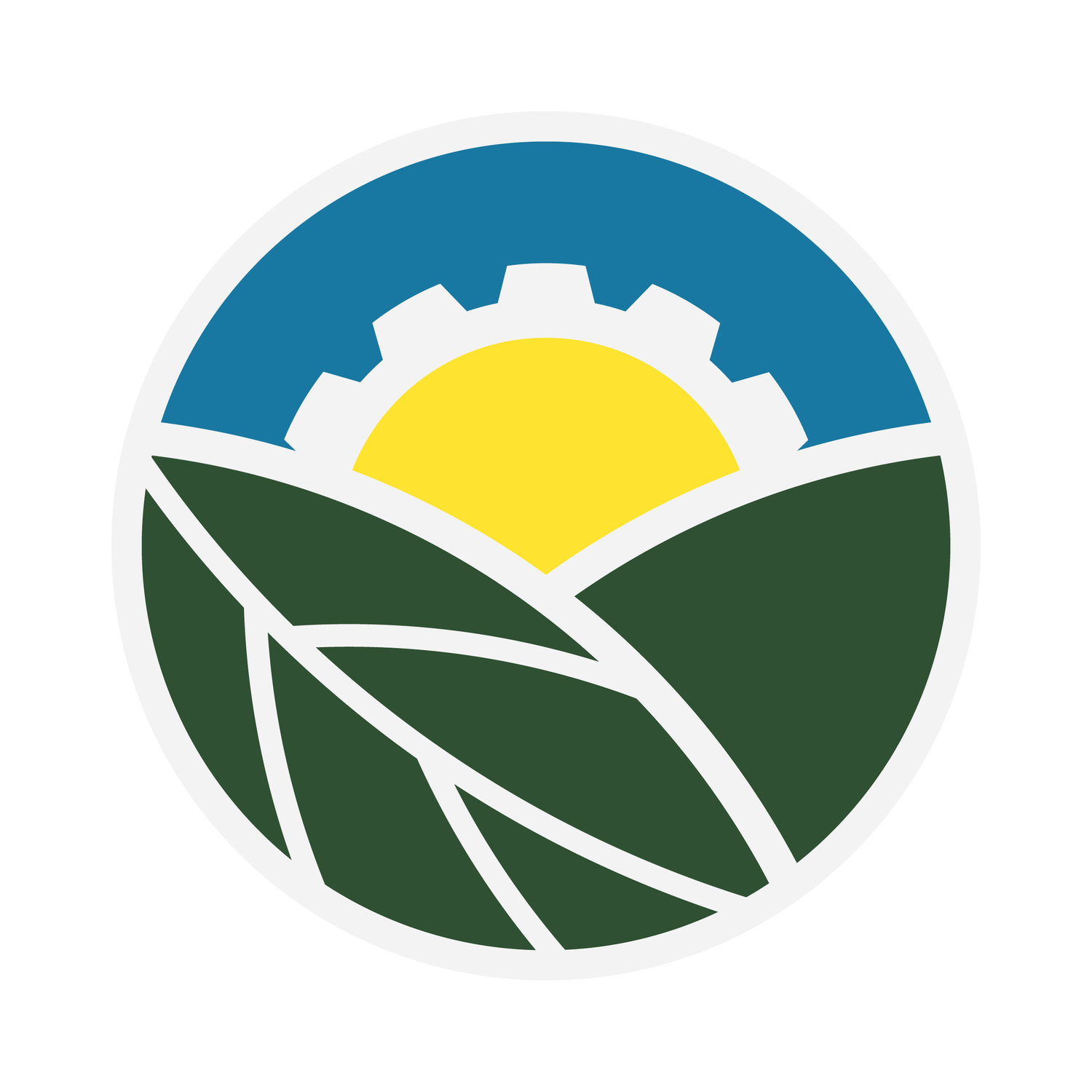Community Symposium Retrospective
More than 230 community members, farmers, scientists, industry leaders, government officials, and educators gathered on the UC Merced campus for the BEAM Circular Community Symposium, a day of learning and discovery about the circular bioeconomy that included the unveiling of the Innovation Engine strategic vision developed over the past year by BEAM Circular’s community of partners.
Held on May 22, 2024, the Community Symposium included a range of activities suited for circular bioeconomy newcomers and long-time collaborators alike.
Whether you’d like to relive the energy from the day or glimpse what you missed, you may enjoy our two-minute highlights video. Then scroll down to explore additional highlights from throughout the day.
-
The circular bioeconomy is a growing sector with huge potential to strengthen our region’s economy, create quality jobs, advance climate solutions, and support a healthy environment for all. Learn more here.
Speakers & Panels
The morning sessions were dedicated to expert speakers and panels.
Community Keynote: “Who is the North San Joaquin Valley?” shared stories of the diverse history of the region’s residents by Erick Serrato, Convener, North Valley THRIVE and Executive Director, Merced County Workforce Development.
Circular Bioeconomy Panel: “Perspectives & Stories from the Field” shared insights from Julia Levin, Executive Director, Bioenergy Association of California; Dr. Matt Hotze, Director of Science & Technology, Good Food Institute; Dr. Lisa Dyson, Founder and CEO, Air Protein; Tiziano Celli, Agronomist, Nitricity; Christine Gemperle, Farmer, Gemperle Orchards; Dr. James Gardner, Program Manager, Lawrence Berkeley National Laboratory; and Dr. Gerardo Diaz, Professor, UC Merced.
Education Keynote: “How can we expand access to careers in the bioeconomy?” courtesy of Dr. Jim DeKloe, Distinguished Professor & Founder of Industrial Biotechnology Program, Solano College.
Regional Education & Workforce Development Panel: “Building a Diverse & Inclusive Talent Pipeline” included an introduction by Professor Paul Maglio, UC Merced followed by a panel discussion moderated by Eric Neuenfeldt, Director of Workforce Solutions, BEAM Circular, and featuring Pedro Méndez, Acting Associate Vice President, Career Technical Education (CTE) and Workforce Development, San Joaquin Delta College; Dr. Laura Maki, Dean of Science, Engineering & Mathematics, Modesto Junior College; Dr. Virginia Montero Hernandez, Director of Doctoral Program in Educ. Leadership, CSU Stanislaus; Unk (Cody) Dowdell, Modesto Junior College Student in Engineering and Biomass Research Fellow.
Regional & State Collaboration Panel: provided insight into how government leaders at all levels play active roles in the work and was moderated by Karen Warner, CEO, BEAM Circular and featuring Supervisor Mani Grewal, Stanislaus County; Elizabeth Betancourt, Natural and Working Lands Policy Advisor, California Department of Conservation; Joe Shea, Deputy Cabinet Secretary, Office of California Governor Gavin Newsom; Elena Chávez Quezada, Senior Advisor for Social Innovation, Office of the Governor.
Discovery Zone: The Circular Bioeconomy in Action
In the afternoon, the Discovery Zone and educational posters expanded to encircle nearly the full perimeter of the room. Attendees browsed demos and table talks spanning agricultural, biomanufacturing, and education and workforce development innovation topics:
BEAM Circular Talent & Workforce Development Team
Biobuilder’s BioTechBuilder Career & Technical Education
Modesto Junior College MJC Innovation Center, The Biomass Project / MJC Biofuels
Stanislaus State Warrior Fab Lab, Sustainability, and Education for Circular Bioeconomy (Catalyst Award Recipient)
University of California Merced CalTeach Learning Lab
University of California Merced Dr. Diaz Lab
Youth Art Exhibition
The afternoon culminated with prize awards for the Youth Art Exhibition on display throughout the day. Attendees voted four artists as the best of more than 40 submissions spanning Merced, San Joaquin, and Stanislaus Counties.
Students from elementary to high school impressed us with their artistic talent, creative use of reclaimed materials, and hope for the future. The BEAM Team would like to extend special thanks to Turlock Christian School for both the quantity and quality of their students’ submissions. They swept all the top spots despite fierce competition from other entries.
Top prizes went to the following for their work’s representation of the Exhibition theme, “Transforming Waste into Opportunity: Visions of a Bright Future for our Planet & Community”:
1st Place: Arya F. made a portrait of lungs out of painted plastic spoons
2nd Place: Nathan M. (Tie) made a motorcycle out of recycled metal pieces
2nd Place: Sebastian N. (Tie) made an ornate Japanese fan out of painted plastic spoons and recycled wood
2nd Place: Michael P. (Tie) made a robot out of recycled egg cartons, water bottles, foil, and other garbage
3rd Place: Emma S. made a flower bouquet out of recycled plastic and newspaper
Resources
Here are the documents and resources we shared as part of the Symposium event:
Circular Bioeconomy Primer English & Spanish (Seen at the event on posters)
Innovation Engine Strategic Framework Overview English & Spanish (Seen on posters)
Innovation Engine Strategic Vision Executive Summary English & Spanish
Session Recordings Coming Soon: Be sure to sign up for our email newsletter at the bottom of this blog to be notified when session recordings are released.
Next Steps
The Community Symposium marked an important milestone in sharing what the circular bioeconomy means for our NSJV community. We received valuable feedback and also met with our CBIO Collaborative Leadership Council to refine next steps based on what we heard and observed.
We will continue to pursue collaborative input on our Innovation Engine Strategic Framework in preparation for our proposal on behalf of the region for $160 million in National Science Foundation (NSF) Regional Innovation Engine funding in the coming months.
One of the other ways we’re learning and building our proposal is through Community Conversations. We have met with hundreds of community members and leaders across all three counties to date, and look forward to continuing to host these public events in every corner of our region to gather community insights, ideas, and feedback.
Want to get involved in the Innovation Engine?
Let us know by filling out our partner interest form here!




















